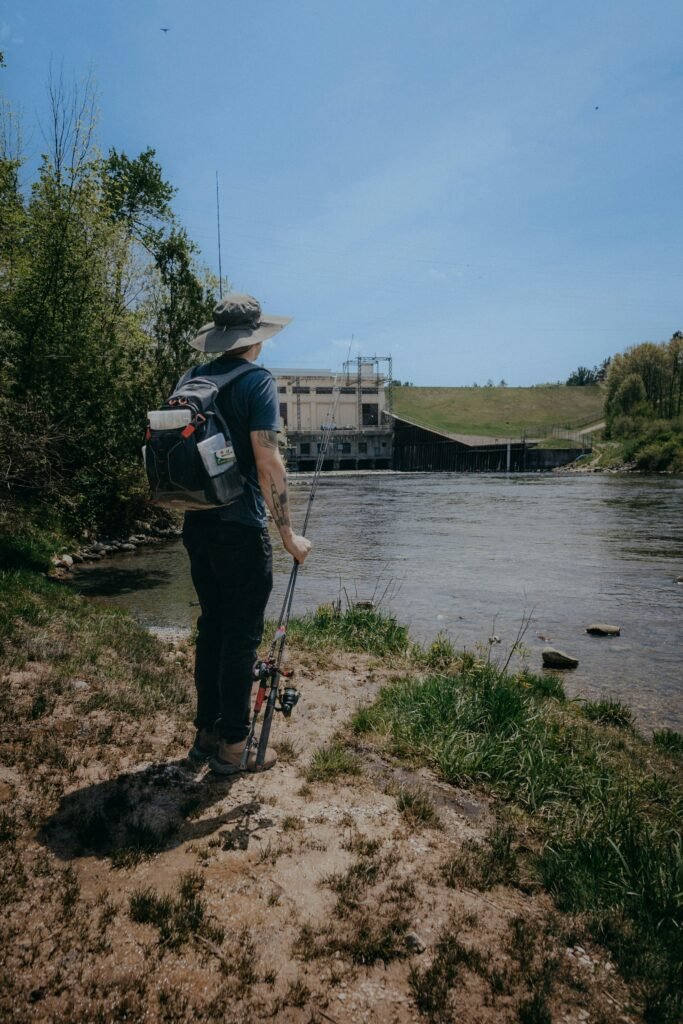
Choosing the Right Fishing Rod and Reel
Selecting the best fishing rod and reel is essential for a successful angling experience. Different styles of fishing, whether freshwater or saltwater, require various types of rods and reels designed for specific applications. Understanding the nuances of each component will enhance your fishing performance and increase your chances of landing your target species.
Fishing rods are categorized mainly into three types: spinning rods, baitcasting rods, and fly rods. Spinning rods are versatile and user-friendly, making them an excellent choice for beginners. They pair well with spinning reels, which are designed for light to medium tackle. Baitcasting rods offer greater precision and control, especially when targeting larger species; they work effectively with baitcasting reels that allow for a higher level of accuracy in casting. Fly rods, on the other hand, cater to the specialized technique of fly fishing, requiring more skill and practice for successful execution.
Choosing the right reel is equally important. Spinning reels are ideal for a wide range of fishing styles due to their ease of use and capability to handle lighter lines. Baitcasting reels provide anglers with significant accuracy and are favored for heavier lines and lures. Conventional reels are often used in deep-sea fishing, suitable for targeting larger fish species. Each of these reels is designed with specific gear ratios that influence line retrieval speed, and it is essential to consider the type of fishing you plan to engage in when making a selection.
When evaluating a fishing rod and reel, key features include the materials used, rod action, and gear ratio. High-quality materials ensure durability and performance, while rod action determines how flexibly the rod will bend under load. A well-matched gear ratio influences the efficiency of line retrieval. By carefully considering these factors and tailoring your choices to your fishing technique and target species, you will improve your overall angling success.
Exploring Lures and Tackle: Enhancing Your Fishing Experience
Understanding the importance of lures and tackle is essential for any angler looking to optimize their fishing experience. Fishing lures are designed to attract fish by mimicking their prey or creating visual and auditory stimulation. There are several types of lures, including hard baits such as crankbaits and jerkbaits, soft plastics like worms and creature baits, and jigs, which combine weight and a hook to entice fish. Each type of lure serves a unique purpose and can be more effective depending on the fish species and water conditions.
Choosing the right lure often hinges on factors like water clarity, temperature, and the feeding habits of the target fish. For instance, in murky waters, bright or noisy lures may be more effective, while in clear waters, more natural colors and subtle presentations might yield better results. It is advantageous for anglers to remain adaptable, experimenting with various lures until they identify what resonates with the fish on that particular day.
In addition to lures, tackle items such as hooks, weights, and fishing line play a critical role in fishing success. Hooks come in various shapes and sizes, each tailored to specific fishing scenarios. Selecting the appropriate hook is vital for securely holding fish once caught. Weights help in casting distance and stability in the water, allowing lures to reach the desired depth. The type of line—monofilament, fluorocarbon, or braided—also influences tackle performance. Each line material has unique properties that can impact sensitivity, strength, and visibility.
Organizing a tackle box is equally important for efficiency. Properly categorizing lures and tackle enables anglers to quickly access the gear they need. Having the right tools at hand minimizes downtime and maximizes the time spent fishing. By preparing for different scenarios, including varying target species and environmental conditions, anglers can significantly enhance their overall fishing experience.
